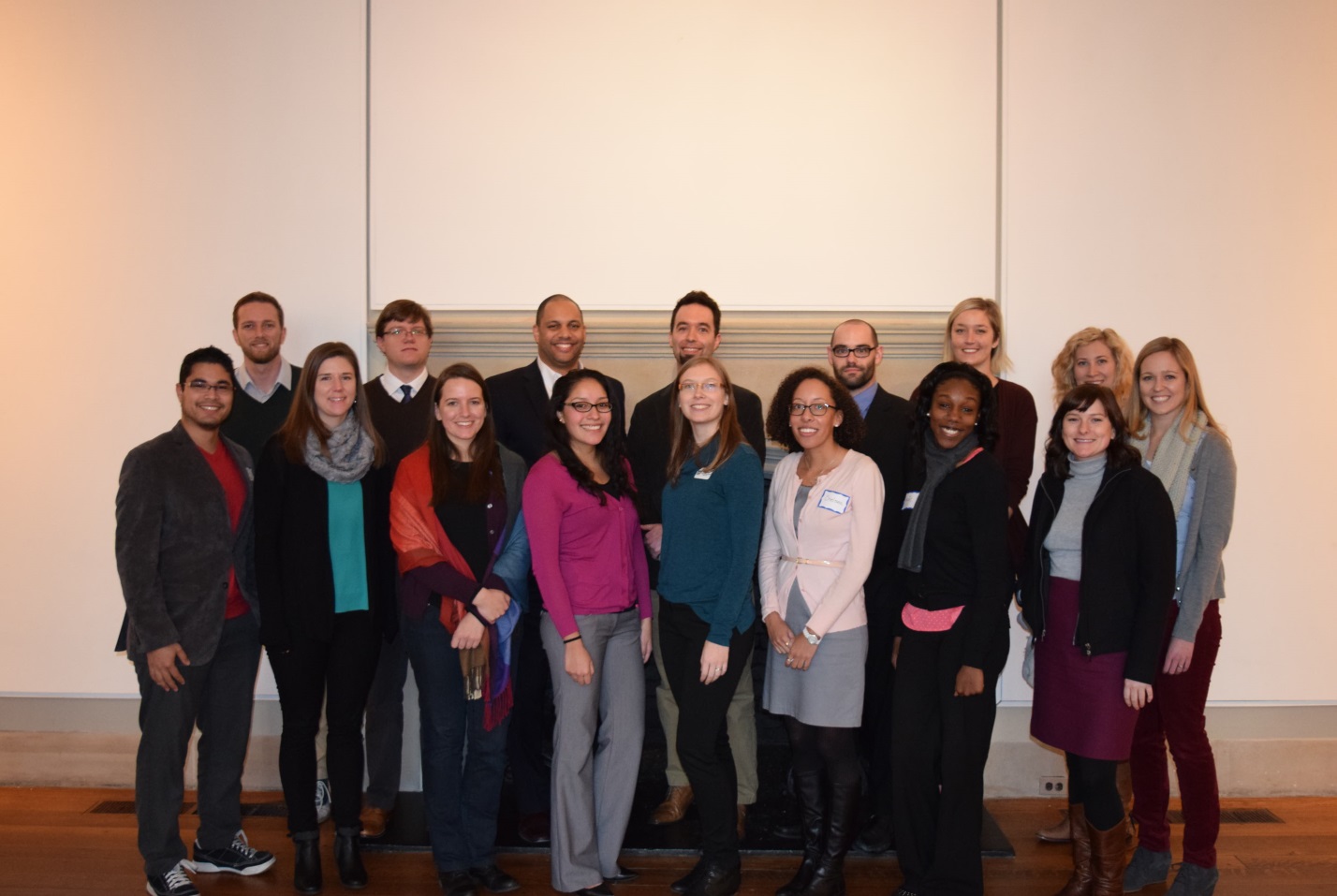
The whirlwind, forty-week series began, for me, when a third colleague of mine cornered me in the kitchenette, echoing what the other two graduates had previously expressed: that this AIA leadership program was a wonderful opportunity to enhance my approach to the profession and that I should really consider applying. They also all mentioned that it would be a serious time commitment with significant travel. While it sounded interesting, I was balancing a heavy workload at the time, and navigating the new responsibilities of fatherhood. This alumnus reminded me that like so many things in life, there is never a “good time,” and she was right. So with a mix of trepidation and excitement, as well as the support of both my family and my firm, I applied to the Honors Academy of Emerging Leaders in Architecture (ELA) program and so began my extra-curricular endeavor of 2015. I was determined to see what all the fuss was about.
The ELA program consisted of seven day-long sessions, throughout the year, presented in different cities across the Commonwealth of Virginia. Topics included “Effective Communication” and “Practicing Professionalism,” to name a couple, and were all informative and compelling. Our group of 16 young professionals and students were led by the dynamic Brian Fricke. He and his procession of pedantic professionals have a true command of their craft and enjoy sharing their strong knowledgebase with young minds. They offered insights, from their respective areas of expertise that could not have been as easily gleaned from reading a book or searching online.
Along with the seven sessions, there was a class project which focused on a real community issue with real clients. Specifically, we were tasked with solving the problem of sea level rise and coastal flooding in an historic neighborhood of Norfolk, Virginia. Similar to past ELA classes, our group was faced with a daunting task, but the point is not as much to “solve poverty” or “prevent flooding”, but rather how to work with a large group of people from across the state to reach a common goal in a way that utilizes the talents of each individual. As a class, we quickly understood that our problem was so multi-faceted that we knew there needed to be more than 16 young architects involved to get anywhere meaningful. After weeks of grappling, we decided to crowd-source the solution and so we built a website that would be a digital laboratory for architects, engineers, scientists, politicians and anyone else who has an interest in solving the problem. The idea was to allow for a place to offer solutions, receive feedback and potentially funding. While our class used Norfolk as the source for inspiration, we understood that the technologies and techniques that would be developed online could be used in nearly any coastal city. You can go to www.porouscity.com to see a few of the solutions to coastal flooding and sea level rise that our class generated as a way to begin populating the website and triggering ideas.
As a testament to the impact that one can make with the program, I will mention a recent development; the AIA ELA 2015 team along with others in the City of Norfolk for the HUD National Disaster Resilience Competition, won $120,549,000 for the state of Virginia with $120,000,000 of that going to Norfolk. While we were certainly not the only hands involved in this effort, our work and involvement made a strong impact and as a result, there will real positive change that is implemented in the city.
While there are the basic tenets and tools that can be found in most leadership programs, the drive that pushed us to skip sleep in studio and put in weekend hours for work projects, needs fostering, refinement and a program tailored to people who design. The opening session set the stage for the year, and to oversimplify Kelly O’Keefe’s message, it was “strive for great things”.
His message was not a call for self-improvement, but (at risk of sounding self-aggrandizing) rather a command to not settle for mediocrity as design professionals with an understanding that what we create should have impact and meaning. His lecture served to inspire, and that is one of the primary lessons I learned from this program: an understanding that to inspire is to lead. It is a cool leadership program; a “wonderful opportunity to enhance my approach to the profession”.
I am thankful to Brian Fricke, AIA and the many people behind the scenes for providing such a rewarding experience. I am also grateful to both my own firm’s leadership as well as to my (many) colleagues who have taken part in the program and for giving me both the encouragement and time needed to get the additional exposure that is so critical to growth as a professional, and more importantly, as an individual. It speaks to the caliber of those I work with and the values we share.
To learn more about the “Porous City” project please visit: Porous City
For more information or to apply for the Emerging Leaders program please visit the AIA Virginia website: AIA Virginia Emerging Leaders Program
